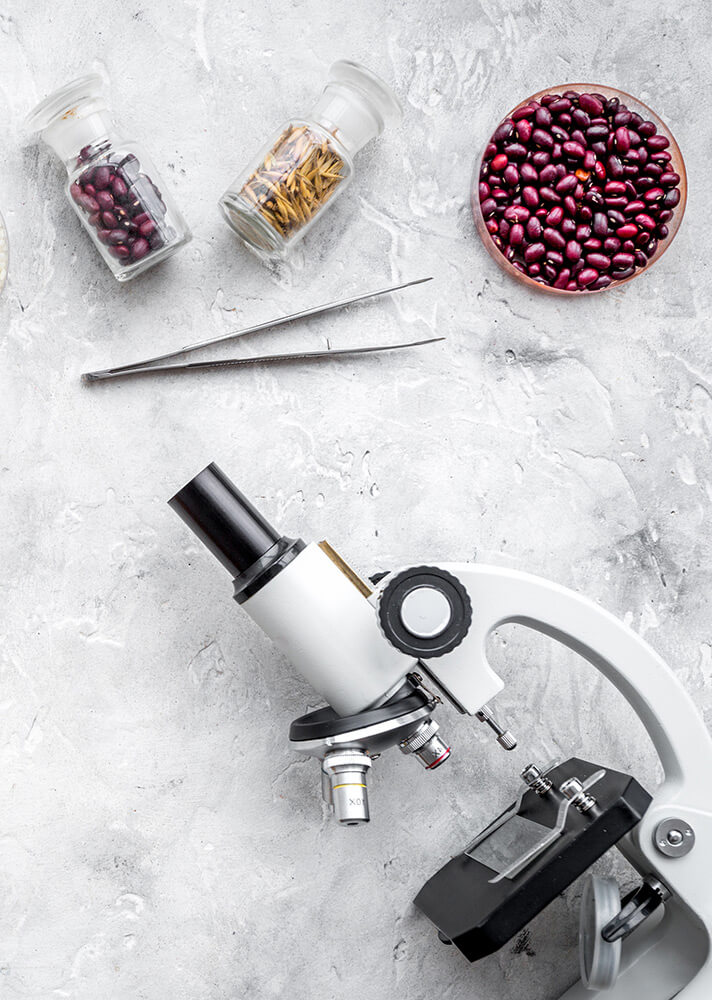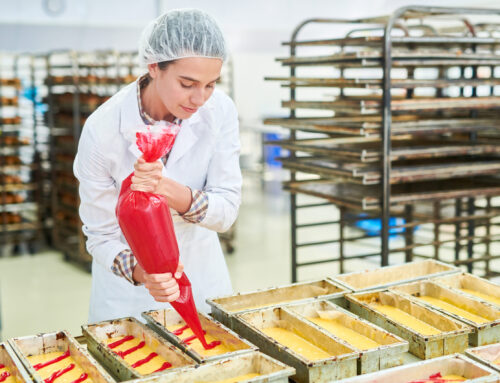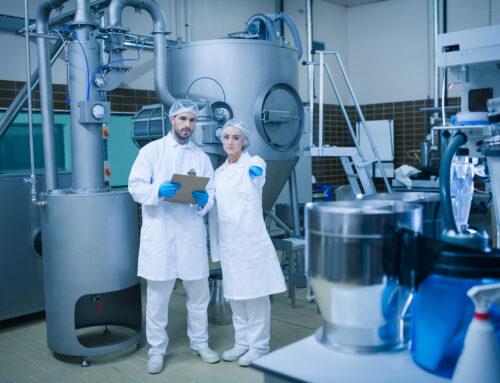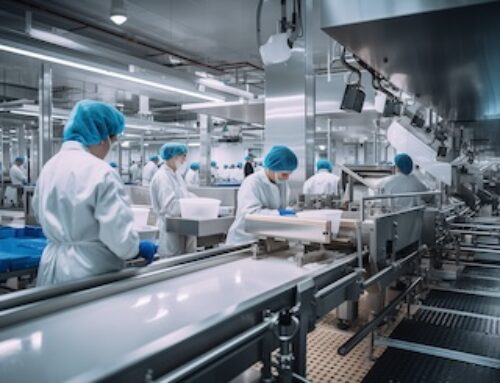By Gene Russell, Manex President and CEO
This is a follow-up to our initial interview with Manex Consultant Michael Guerini, Ph.D. Dr. Guerini has over 10 years of experience in food safety, specializing in Food and Drug Administration (FDA) and U.S. Department of Agriculture (USDA) audit protocols, biologics, and remediation. He is proficient in microbiology, food safety, auditing, audit preparation, and quality assurance; and skilled in developing production plant standard operating procedures (SOP), sanitation standard operating procedures (SSOP), hazard analysis and critical control points (HACCP), and Food Safety Modernization Act (FSMA) plans. Dr. Guerini received his doctorate in Veterinary Molecular Biology from Montana State University, a Master of Science degree in Plant Pathology from Auburn University, and a Bachelor of Science degree in Molecular Biology from San Jose State University.
Can you help us break down the information about food safety audits and inspections for manufacturers?
There are quite a few categories of food safety audits and inspections for manufacturers and so it is easy to have lots of questions on this topic. I like to think about audits and inspections in different categories or types. There are regulatory inspections and there are 1st party audits, 2nd party audits, and 3rd party audits.
Tell us a little more about the food safety regulatory inspections.
Regulatory inspections are either conducted by the state in which you do business or by the federal government. With the federal government, you have either the USDA or FDA that can conduct these inspections. In the simplest terms, USDA is responsible for the oversight of safe food production for meat, poultry, eggs, and siluriformes (a group of freshwater fish including catfish). The food safety of all other food items is regulated under FDA authority.
How often do these regulatory food safety inspections occur?
USDA has an onsite inspector assigned to each facility that has received a Grant of Inspection. That inspector is overseeing production for some amount of time each day. So the USDA has an inspection going on every day at facilities that produce meat, poultry, and egg items under its authority. Thousands of FSIS inspectors across the U.S. conduct daily inspection activities. It is also important to note that FSIS also has a mission to ensure the safety and integrity of imported meat, poultry, and egg products.
What about the frequency for FDA food safety inspections?
On average, the FDA inspects a food production facility once every 12 to 18 months. Sometimes the state government is contracted to perform the inspection on behalf of the FDA.

Let’s move on to the 1st, 2nd, and 3rd party food safety audits. What is a 1st party audit?
1st party audit is conducted by in-house employees. These 1st party audits are conducted at least monthly to make sure the facility is operating in full compliance with food safety practices and GMPs.
This 1st party audit is something that each facility should be doing monthly. Is there a checklist you use and is there special training?
Facilities normally develop a checklist that reviews programs, records, operating procedures, and the physical structure of the building. A robust training on internal audits/inspections is normally needed to make sure your team can complete the audit.
Sounds easy enough. You mention “team” – is this 1st party food safety audit done by more than one person?
Yes, the 1st party audit is often done by two or three people each month and if you rotate the people each month, your audits yield even better results.
One last question on this 1st party food safety audit. Is there a set number of questions you ask or areas you inspect? Is there a standard template for this inspection?
You want the 1st party inspection to cover all areas of your facility – so it is pretty detailed. On average, it should take a few hours every month (depending on the size of your facility). You can find some online templates to use for this inspection but you will get better results if you add in questions that are specific for your process or facility.
Let’s move on to 2nd party audits – I can guess perhaps who these might be for, but lay these out for our readers.
This is a special audit (often a proprietary audit) that is normally conducted by a customer of yours. Many grocery store chains or restaurant chains have these special audits that people from their office can conduct at your facility.
How often do these 2nd party food safety audits occur? How long do these audits take?
It really varies for each customer. Some like to “visit and inspect” once a year while others are fine with an every 3-year visit. These 2nd party audits can take 1 to 3 days to complete. There are situations where a customer can tell a food production or storage company that a 3rd party audit with a short customer-specific addendum is accepted; and then in those situations, there is no need for a 2nd party audit. This is a benefit for a company that is already completing a 3rd party audit because it can just have the short addendum added and it saves from having another added audit.
Finally, we are at the 3rd party food safety audits. Are we audited out yet? Tell us about those.
A 3rd party audit is conducted by an independent organization not associated with the company or customer. This audit aims to provide an objective assessment of an organization’s food safety system.
Are there different 3rd party food safety audits?
Yes. There are certified and non-certified audits. A certified audit is conducted by an independent organization that is required to undergo its own system of audits and checks and balances to make sure that proper auditing procedures are followed and the person conducting the audit is a subject matter expert in that type/category of food production. A certified audit has a rigorous process for review and an agreed-upon standard set of questions. Non-certified audits are conducted by an independent organization and the questions can vary. The person conducting the audit needs to be knowledgeable and trained in food production but may not be an expert in your type/category of food production.
How do you choose which food safety audit is right for your food manufacturing company?
Of the three types of audits, good food production facilities (or storage facilities) conduct a rigorous 1st party food safety audit each month. Companies seeking to expand its customer base want to have a 3rd party audit each month…with preference given for a certificated audit.
Can we talk with you again in the future about the types of certificated food safety audits?
I would be happy to share some more insights into the certificated audits. We hear about them all the time – SQF, BRC, FSSC 22000, IFS, Primus GFS and GAP, so let us pick up with that topic another day.
Thank you, Michael. It is always a pleasure working with you. Anything you wish to add?
Just a few final thoughts I would like to share. A food safety audit evaluates your food business operations to identify areas for improvement. The best companies continually seek guidance on how to improve. Good audits focus on these areas: food handling practices, food safety procedures, employee hygiene, food preparations, pest control, sanitation and cleaning, facility design, Waste management, Food safety management system, and Storage and transportation of food.
To learn more about food safety or for a complimentary consultation, contact Manex at 925-807-5100 or info@manexconsulting.com


